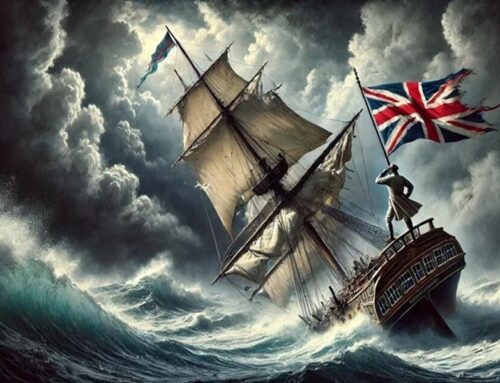The role of a classification society is to ensure the integrity and quality of a vessel’s hull & machinery from the point of its construction and throughout its working life. The design and construction of a new vessel is normally subject to the rules of the particular Classification Society used by the shipowner. This involves the approval of all the plans and materials, including the testing of the steel used for the hull, engines, boilers, anchors and chains
The Classification Society will usually make the measurements required for the ship, i.e. the registration, eg, the tonnage and the load line certificate. The load line certificate is otherwise known as the Plimsoll Line, after the 19th century British politician, Sir Samuel Plimsoll. It was he who championed the use of the load line certificate and who devised the formula for calculating the measurements applied to the vessel – usually at the bow, at the waterline. The general concept is that the vessel should sit higher in the seas, where heavy weather is expected – Winter North Atlantic (WNA) – is set the highest, in recognition of the very high waves that can be expected in that ocean during winter months. The Plimsoll Line is one of the great inventions of the world. A simple mathematical formula that costs just the paint required for its marking and the labour to do it, but which has saved countless numbers of lives, vessels and cargoes since its conception and application after many years of Plimsoll’s campaign for its adoption by Government
When a ship has been ‘classed’ she will be required to undergo a comprehensive series of surveys during her lifetime, in order to retain that Class
Surveys required to retain Class consist of an annual survey whilst afloat; a dry docking survey every two years and a thorough ‘special’ survey every four years.
Lloyd’s Register
American Bureau of Shipping
Bureau Veritas
China Classification Society
Germanischer Lloyd
Korean Register of Shipping
Maritime Register of Shipping
Nippon Kajii Kyokai
Norske Veritas
Registro Italiano
Indian Register of Shipping.
Standard premium rates for cargoes apply only provided such vessels are
Bulk or combination carriers over 10 years of age or other vessels over 15 years of age unless they have been used for the carriage of general cargo on an established and regular pattern of trading between a range of specified ports, and do not exceed 25 years of age, or, were constructed as containerships, vehicle carriers or double-skin open-hatch gantry crane vessels (OHGCs), and have been continuously used as such on an established and regular pattern of trading between a range of specified ports, and do not exceed 30 years of age
These details can be found in the Institute Classification Clause CL.354- 2001 of 1/1/01, which should be a standard inclusion in marine cargo policies of insurance





